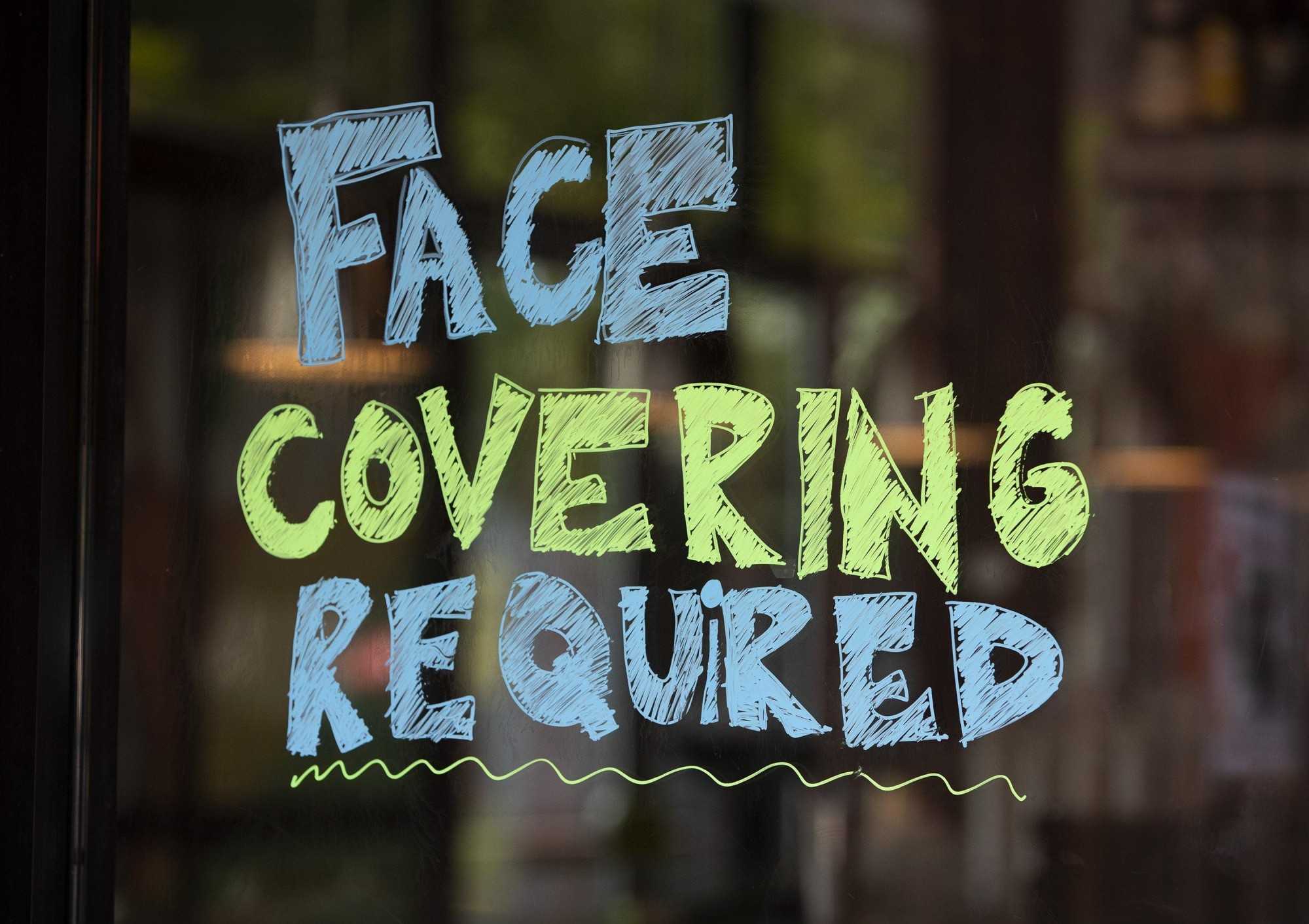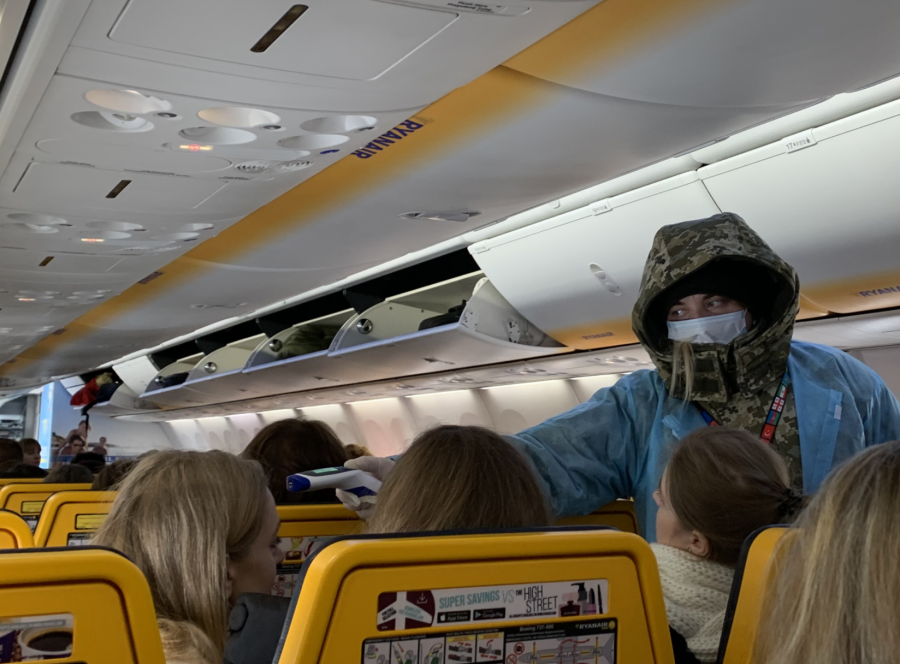Imagine this: It’s 2019, and you’re leaving the house and remember to bring three things — your phone, wallet and keys. This year, that checklist might be a little incomplete because without a mask or face covering, you’d be barred from entering a number of different places including restaurants, hotels and airplanes.
In addition to a required face mask, temperature checks have become a norm to enter different places. However, how effective is this measure and how much good is it doing for us?
RELATED: Heart-throbbing: Are patients having heart problems post-COVID-19?
Temperature screenings are a fast and easy measure to detect people with high body temperatures, indicative of a fever. However, experts have little faith in this strategy for doing much good for the purposes of mitigating future outbreaks of the coronavirus.
Earlier in the summer, Dr. Anthony Fauci, one of the nation’s top infectious disease experts, said he no longer bothers with temperature checks.
“We have found at the [National Institute of Health] that it is much much better to just question people when they come in and save the time, because the temperatures are notoriously inaccurate, many times,” Fauci said at an event with the Walter Reed National Military Medical Center in August.
Fauci even noted that on days with hot ambient temperatures, screenings can become even more unreliable. He said that at one point when entering the White House, his temperature registered 103 degrees after coming in from the summer heat. Later he entered another building and read 93 degrees, “which means I should have been on a respirator,” he said.

The U.S. Food and Drug Administration has noted and warned the devices that are used for temperature screenings can miss more than half of infected people.
“As states and communities implement reopening plans during the COVID-19 pandemic, non-contact temperature assessment devices may be used as part of an initial check at entry points to identify and triage people who may have elevated temperatures,” the FDA published. “Be aware that, even when the devices are used properly, temperature assessment may have limited impact on reducing the spread of COVID-19 infections.”
RELATED: New study finds less than 10% of Americans have antibodies against novel coronavirus
The presence of asymptomatic carriers of the coronavirus has made the pandemic all the more difficult to control. The Centers for Disease Control and Prevention typically places estimates for the proportion of individuals who are infected, yet remain asymptomatic, around 40%.
The idea of being asymptomatic is a double-edged sword. On a personal level, not having a sore throat, fever or cough, among other symptoms, might be a plus. However, from a public health standpoint, asymptomatic carriers will continue to leave the house and unknowingly contribute to the spread of the virus. The lack of visible symptoms in these individuals makes it hard to isolate and remove them from circulation.
Temperature screenings prove ineffective when dealing with asymptomatic carriers of the coronavirus because the devices won’t be able to detect a higher body temperature.
Even with all of this in mind, temperature screenings still have the power to detect some infected individuals with fevers, especially with little-to-no time and cost input. Assuming the temperature screening device is accurate, a person who presents themselves with a high body temperature would stand out.
“Temperature checks can help identify someone who may be sick with any number of illnesses, including COVID-19,” said Aaron Pacheco, the Pima County Health Department communications manager. “It is important to remember that all of the tools in our tool belt to prevent COVID-19 infections work best when used together. The idea is to layer these tools.”
Whether or not the person is infected with the coronavirus requires proper testing; however, that initial temperature check at the door would probably force that person to be sent home.
“Temperature checks at entryways alone are not going to ultimately be completely effective alone,” Pacheco added. “However, temperature checks and face cover requirements and social distancing and relying on services like delivery or pick up all work together to help us protect ourselves and others.”
Follow Amit Syal on Twitter









